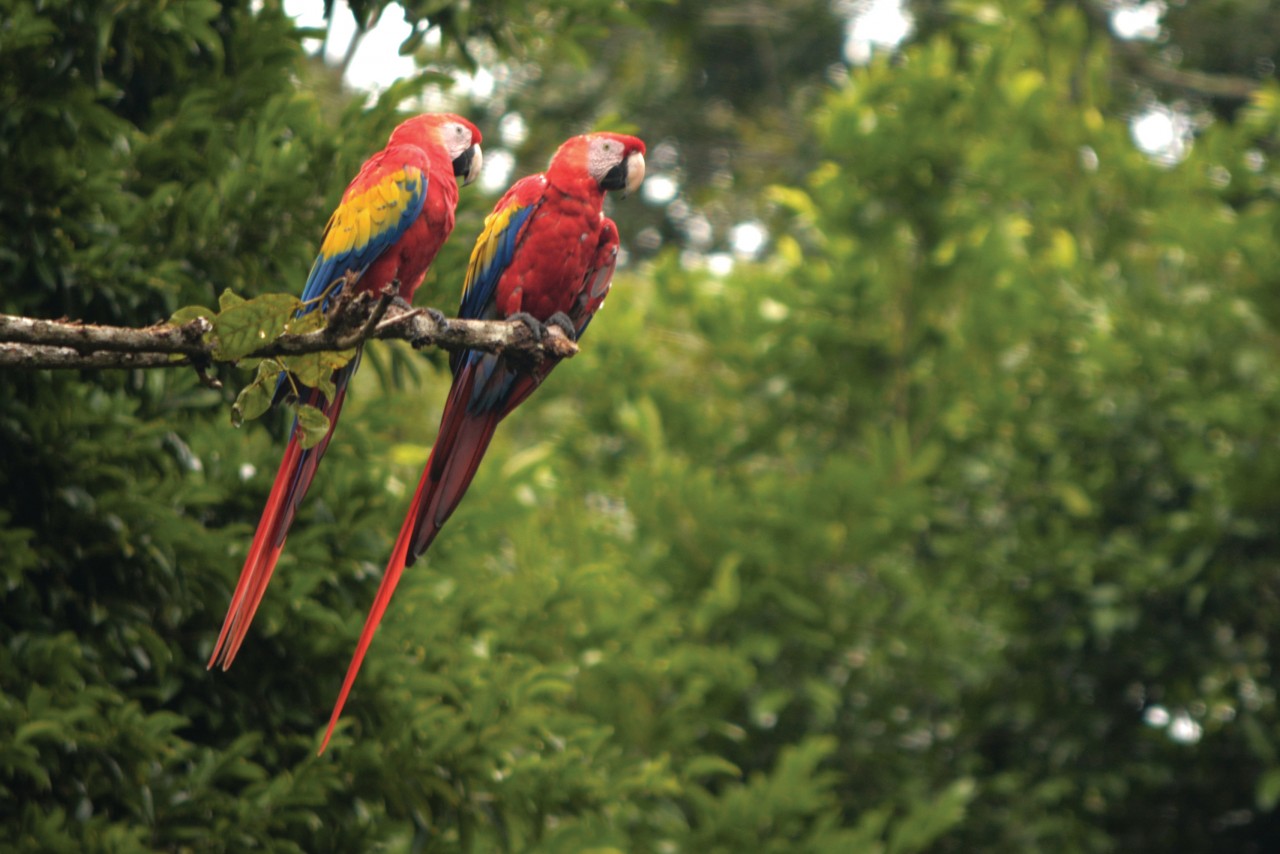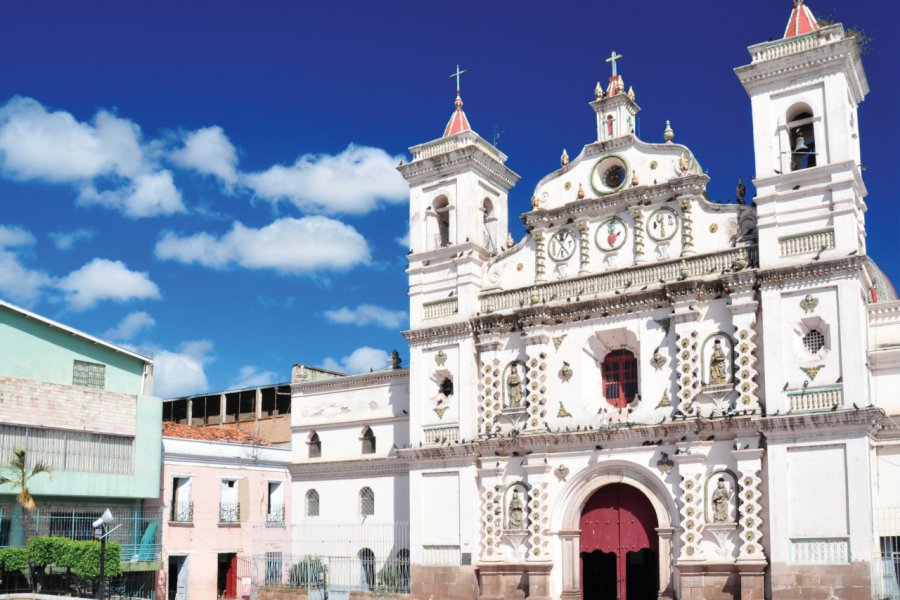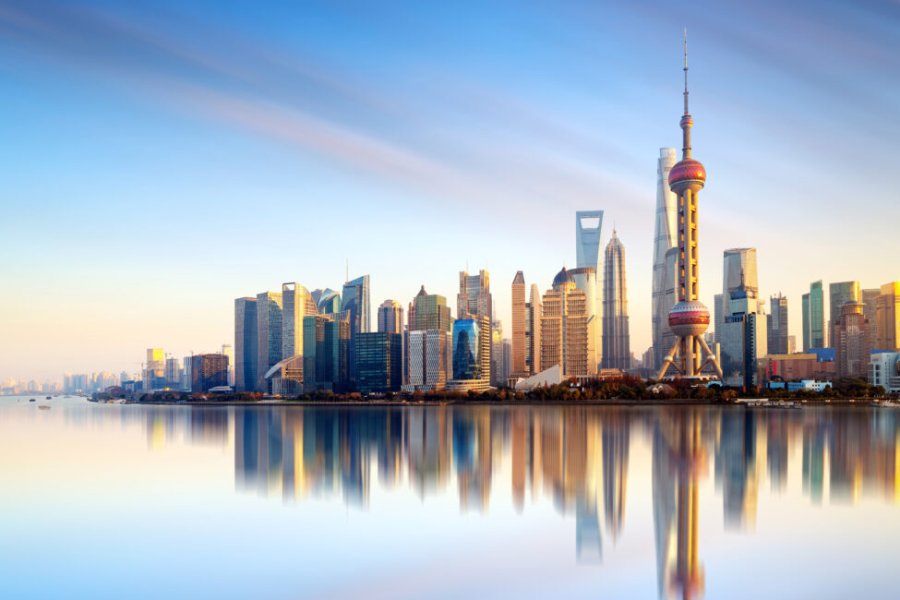Honduras 100% nature
Highlights of the trip
During your stay you can enjoy the following highlights: Culture / Heritage, Adventure / Sports & Leisure.
Best times to go
The best time(s) to go is/are : Printemps, Automne, Hiver.
Where to stay in : Tegucigalpa ?
The map of your stay "Honduras 100% nature"
Detail of the stay : Honduras 100% nature
How to get there - Tegucigalpa
Arrival in the capital
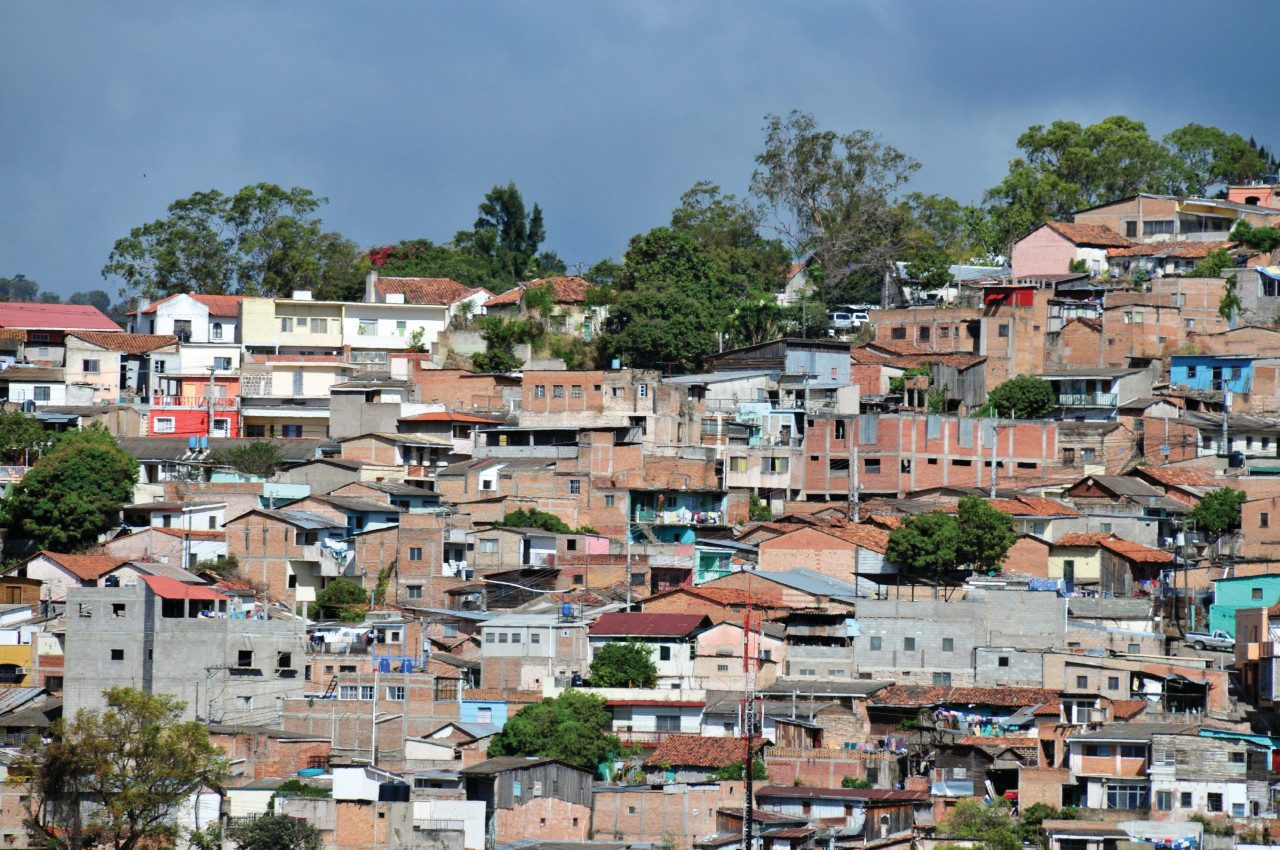
Steps: San Pedro Sula
Tegucigalpa. Arriving in the capital, rest from jet lag. Depending on your arrival time, if you have time, go up to the Cristo del Picacho lookout for a beautiful panoramic view of the city.
Note: We suggest that you start this stay in Tégucigalpa. However, if you ever find a return flight that suits you better from San Pedro Sula, do not hesitate to adapt this idea of stay in this way.
Places of interest : EL CRISTO DEL PICACHO
Excursion to the country's first national park
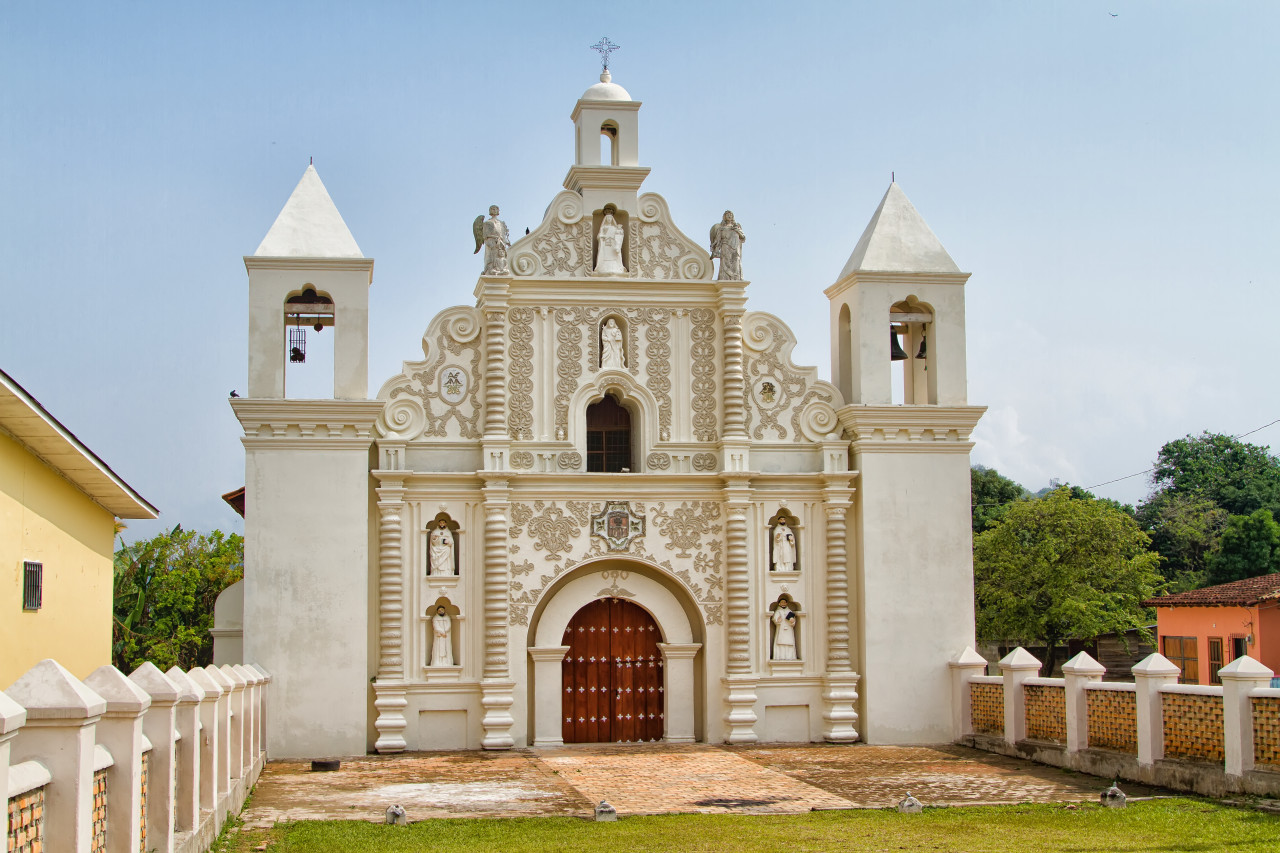
Steps: Parque Nacional La Tigra
Tegucigalpa. Take a day trip to La Tigra National Park. It was the first national park established in Honduras in 1980. Its 328 km2 of bosque nublado (tropical cloud forest) are located between 1,800 and 2,200 metres above sea level a few kilometres north of the capital. A few locals will walk there on weekends, but if you go there on weekdays, you will most certainly have the park to yourself. It is also possible to camp or stay in small hostals near the park entrance.
From east to west

Steps: Comayagua
Gracias Lempira. A great day of travel across the country awaits you. Take a bus to Gracias Lempira (you will certainly need to change buses once or twice from Tegucigalpa). If you have a private car, take the opportunity to take a lunch break in the former Honduran capital, Comayagua, with its beautiful colonial architecture (don't miss the cathedral in the main square). You can also stop in one of the different villages on the Enca road between La Esperanza and Gracias Lempira.
The highest mountain
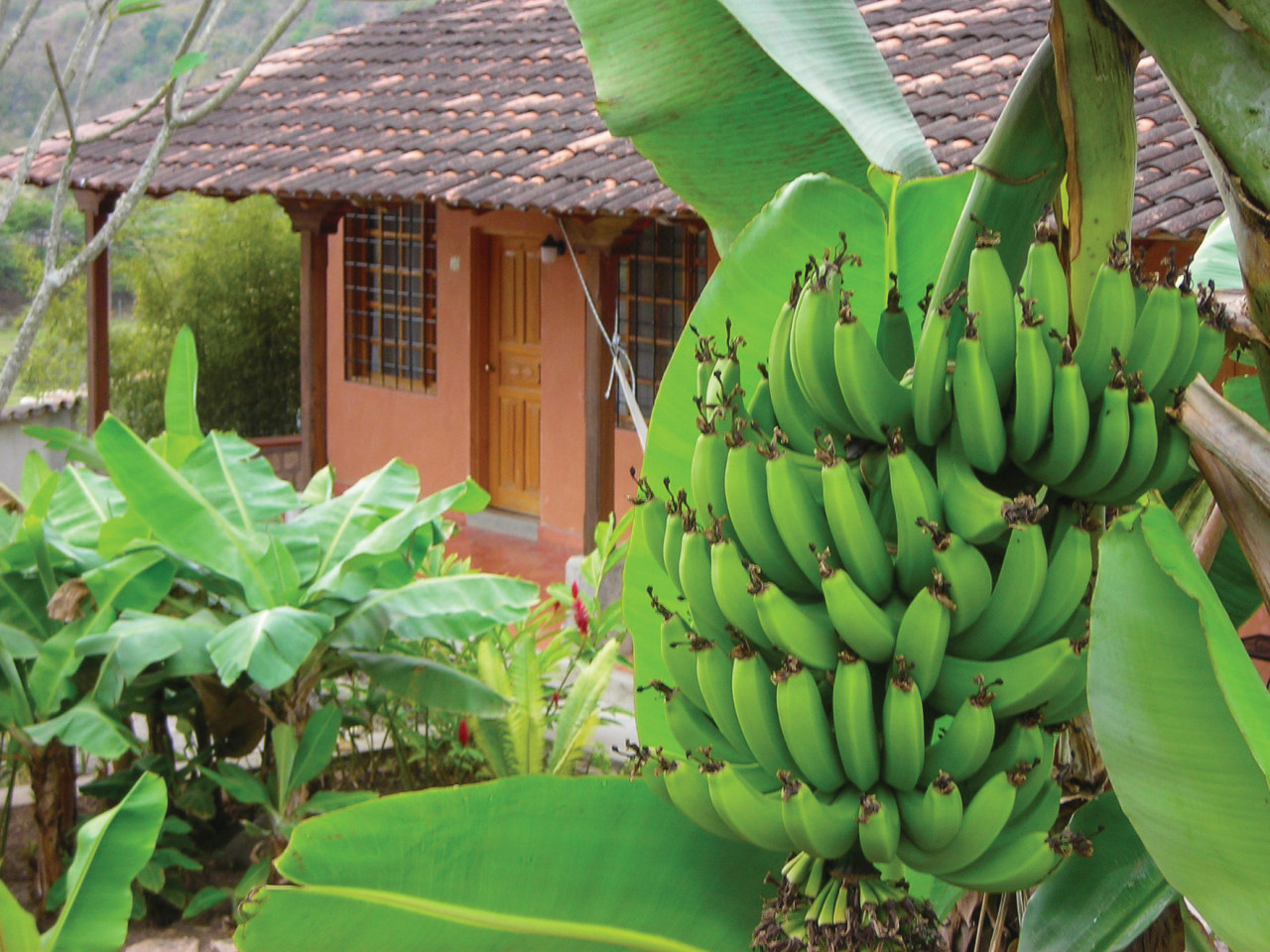
Steps: Parque Nacional Celaque
Gracias Lempira. Spend the day in Celaque National Park. This 236 km2 park includes the country's highest mountain (of the same name), which rises to 2,849 metres. The summit is covered with a dense cloud forest and shelters quetzals! If you have time, you can easily spend two or three days in the park walking its various trails. However, you can also enjoy a walk of a few hours around the visitor centre.
Places of interest : SENTIERS
Copan Bird Park
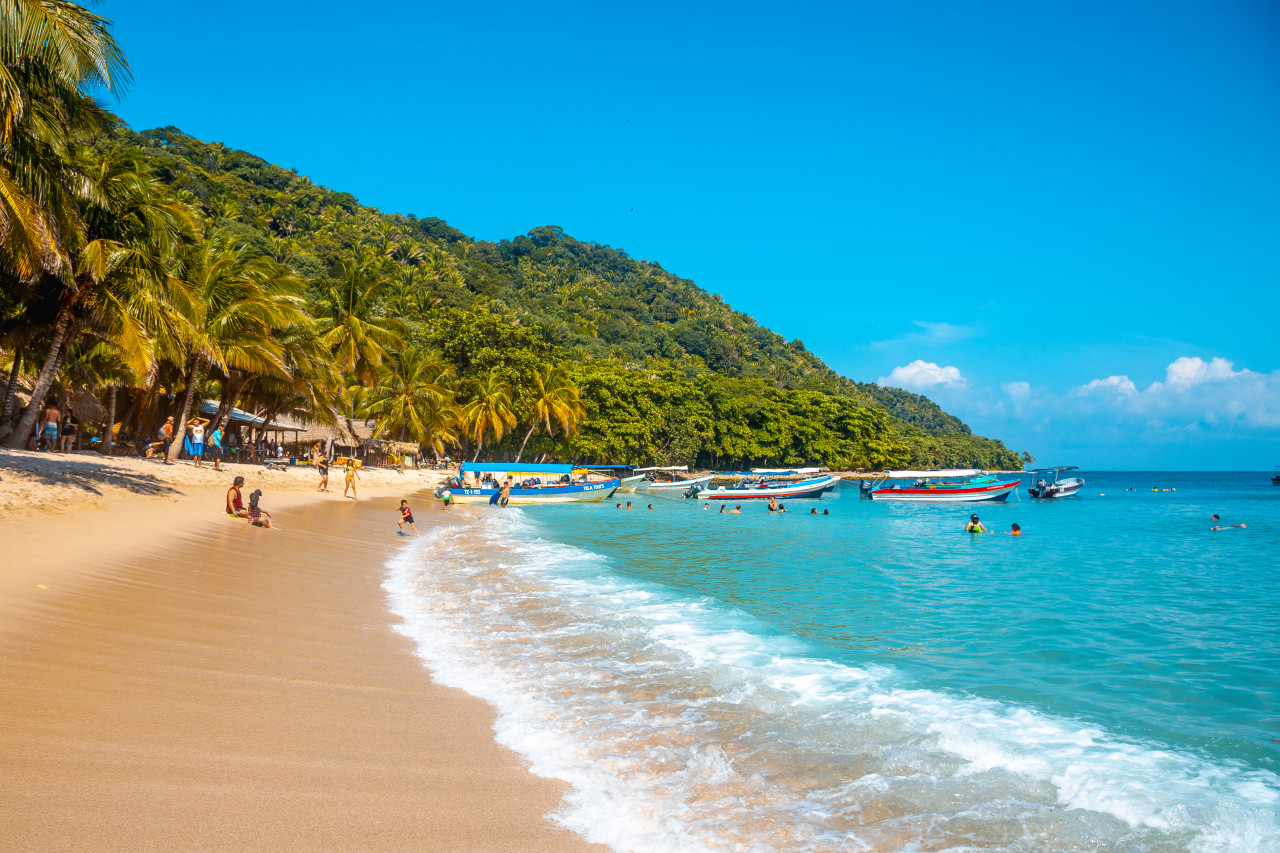
Steps: San Pedro Sula
Copán Ruinas. Take a bus to Santa Rosa de Copán, then to San Pedro Sula but stop at La Entrada where you can take a minibus to Copán Ruinas. Count 5 hours of travel. Take advantage of the afternoon to visit the superb Parc des Oiseaux. The income generated by the park (a private initiative launched by an American) allows the site and its project to rehabilitate the wild life of captive birds to self-finance. There are a multitude of parrots, toucans, red, green and blue macaws, as well as other birds native to Honduras, some of them in semi-liberty. In all, there are more than 200 birds of 23 different species.
In the footsteps of the Mayans
Steps: San Pedro Sula
Copán Ruinas. The Mayan ruins of Copán, a UNESCO World Heritage Site, are among the most beautiful archaeological sites in Central America. It would be a shame not to visit them. Set aside at least half a day for his exploration. Then go to Tela (via San Pedro Sula).
Between beaches and mangroves
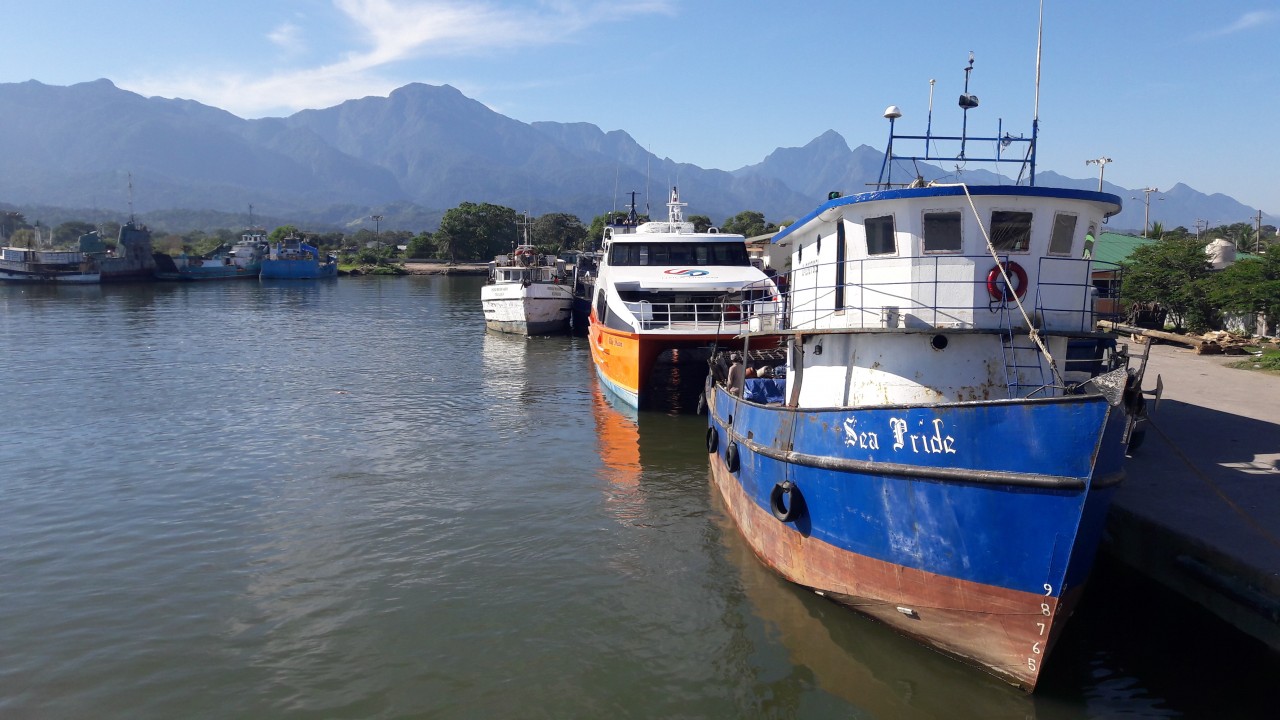
Steps: Tela
Tela. Nature lovers can opt for a boat trip in the early morning among the mangroves of the Punta Sal nature reserve, as well as a walk in the Lancetilla botanical garden. If you have time, ask to visit and have lunch/dinner in a Garifuna village (a mix of escaped African slaves and indigenous people).
On the banks of the Rio Cangrejal

Steps: Río Cangrejal
La Ceiba. Join La Ceiba just 2 hours east of Tela. We suggest you stay in one of the lodges on the banks of the Rio Cangrejal River (rather than in La Ceiba). Many ecotourism excursions and community tourism experiences (Garifuna villages, traditional cuisine, artisanal fishing, visits to farms and plantations...) are possible in the surroundings.
The two national parks on the coast
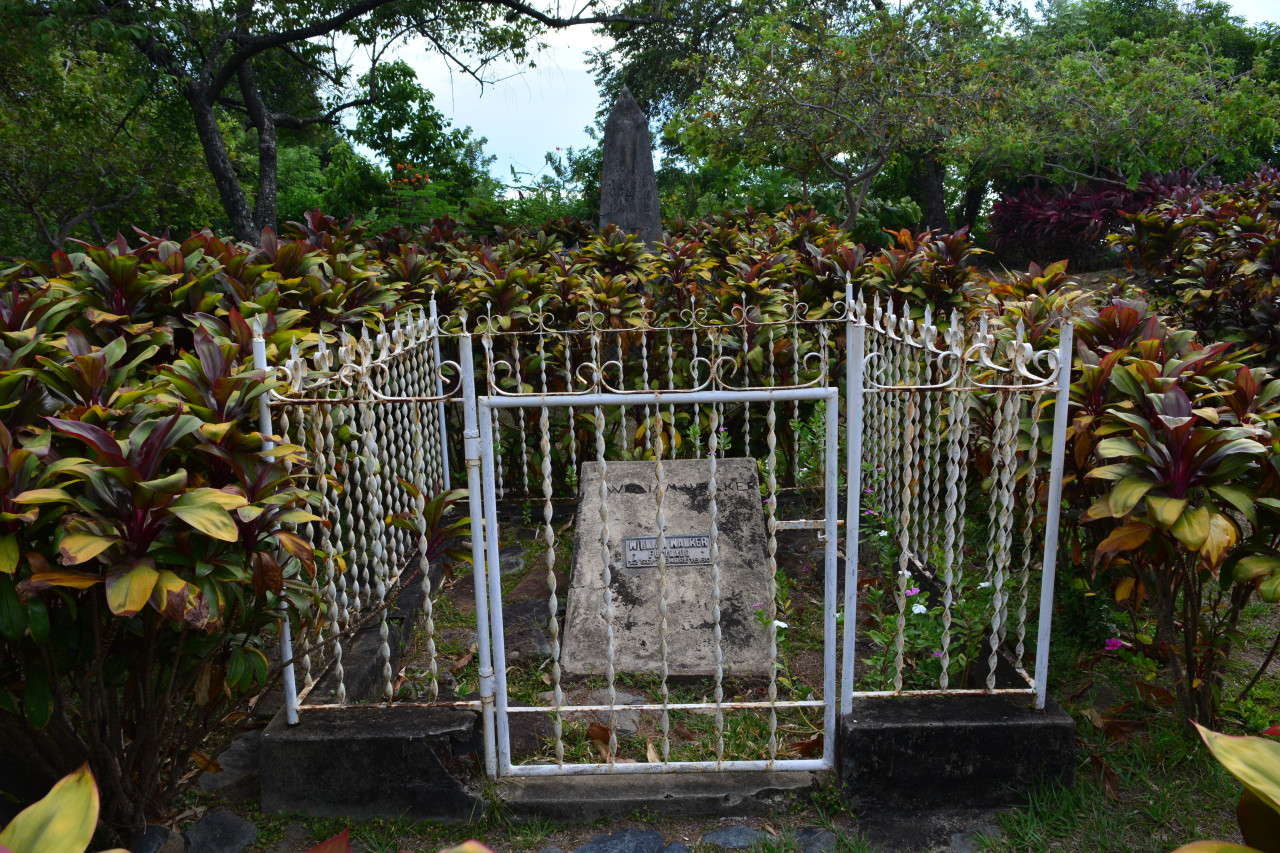
Steps: Isla De Útila
La Ceiba. Pico Bonito and Cuero y Salado are the two national parks located around La Ceiba. Beautiful hikes can easily be organized (alone or accompanied), and even a rafting trip on the Rio Cangrejal, which borders the Pico Bonito National Park. The wildlife is very rich (monkeys and toucans in particular). On a boat trip to Cuero y Salado, or to the El Cacao lagoon, it is quite possible that you can even observe caimans...
Scuba diving: if you want to go and observe the Caribbean seabed, you should know that the 2nd largest coral reef in the world is located around the islands of the Bay. From La Ceiba you can easily take a ferry to spend a few days in Utila or Roatan. You will take the opportunity to visit the beautiful initiatives for the protection and conservation of wildlife: in Utila for iguanas, in Roatan for monkeys and lazy.
Places of interest : LAGUNA DE CACAO
Discovering the tropical jungle
Steps: Trujillo
East of La Ceiba and Trujillo lies one of the most fascinating regions of Central America, a vast area of tropical rainforest, partly pristine and unexplored, spread over Honduras and Nicaragua: the Moskitia. We meet Garifunas, mestizos (mestizos), but also and especially Miskitos. The Miskitos, indigenous inhabitants of Moskitia, have kept their language, Chibicha, and many customs. Farmers and fishermen, they live in small communities scattered along the Atlantic coast and along rivers. Let yourself be tempted by an adventure off the beaten track for an unforgettable experience. The Río Plátano Biosphere Reserve was declared a UNESCO World Heritage Site in 1980. It is the largest protected natural area in the country: 5,200 km2 in the heart of Moskitia.
Leave La Ceiba by pickup truck to take a boat from Pueblo Nuevo to Raistá, where you spend the night in a small hostal of a local family.
Places of interest : SENTIERS
Moskitia, through lagoons and canals
Moskitia. From Raistá a beautiful adventure awaits you: 7 hours of travel through lagoons, canals and rivers in a small wooden motor boat to Las Marias. An authentic introduction to life for local residents who travel daily (by small boat) from where they live to the agricultural plantations where they work. They generally live on the coast and work along the river, inland, inland. Unfortunately, the surroundings of the few small towns on the coast are quite deforested... but in motorboats or canoes, by going up the rivers, you can then enter the dense wild jungle.
Moskitia, the secrets of petroglyphs
. Cross the village of Las Marias to embark on a canoe (where you can row if you wish, but it is usually local guides that make the big part of the work) for 3 h to counter to climb the river up to the Petroglyphs petroglyphs. You can swim in the river before returning to Las Marias at dinner time. You will then be in total immersion in the heart of the jungle.
Moskitia, last day
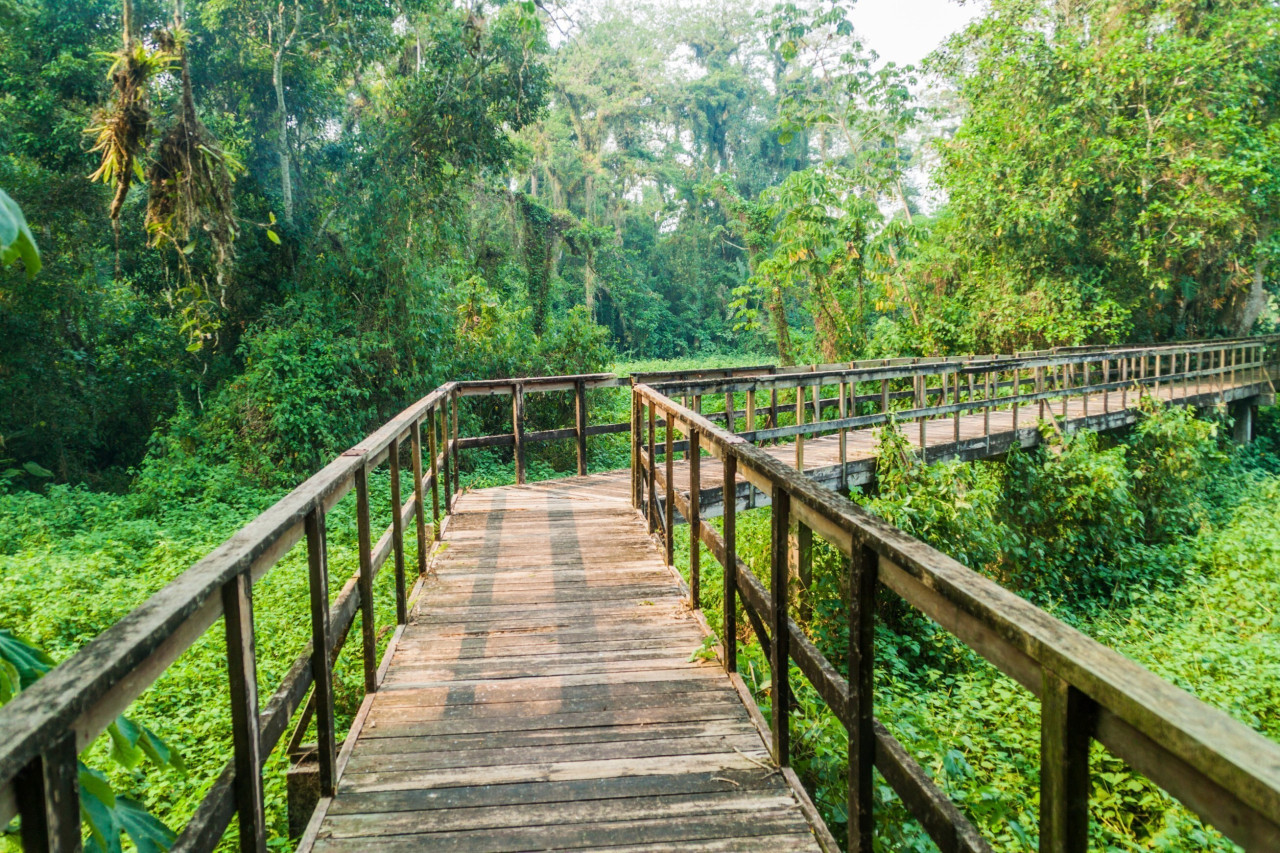
Steps: La Ceiba
. Then return to Raistá for a final day in the Moskitia, before going back to Pueblo Nuevo in La Ceiba.
On the way to Lake Yojoa

Steps: Peña Blanca
La Ceiba. Take a bus to San Pedro Sula, then to Peña Blanca, to reach the shores of Lake Yojoa. Stay in one of the hostals near the Los Naranjos Archaeological Park. Lake Yojoa is a superb natural site that is not yet affected by tourism. About 500 species of birds have been recorded there, such as toucans, hummingbirds, motormoths, etc.
Places of interest : PARQUE ECO-ARQUEOLÓGICO LOS NARANJOS
Cerro Azul Meambar National Park
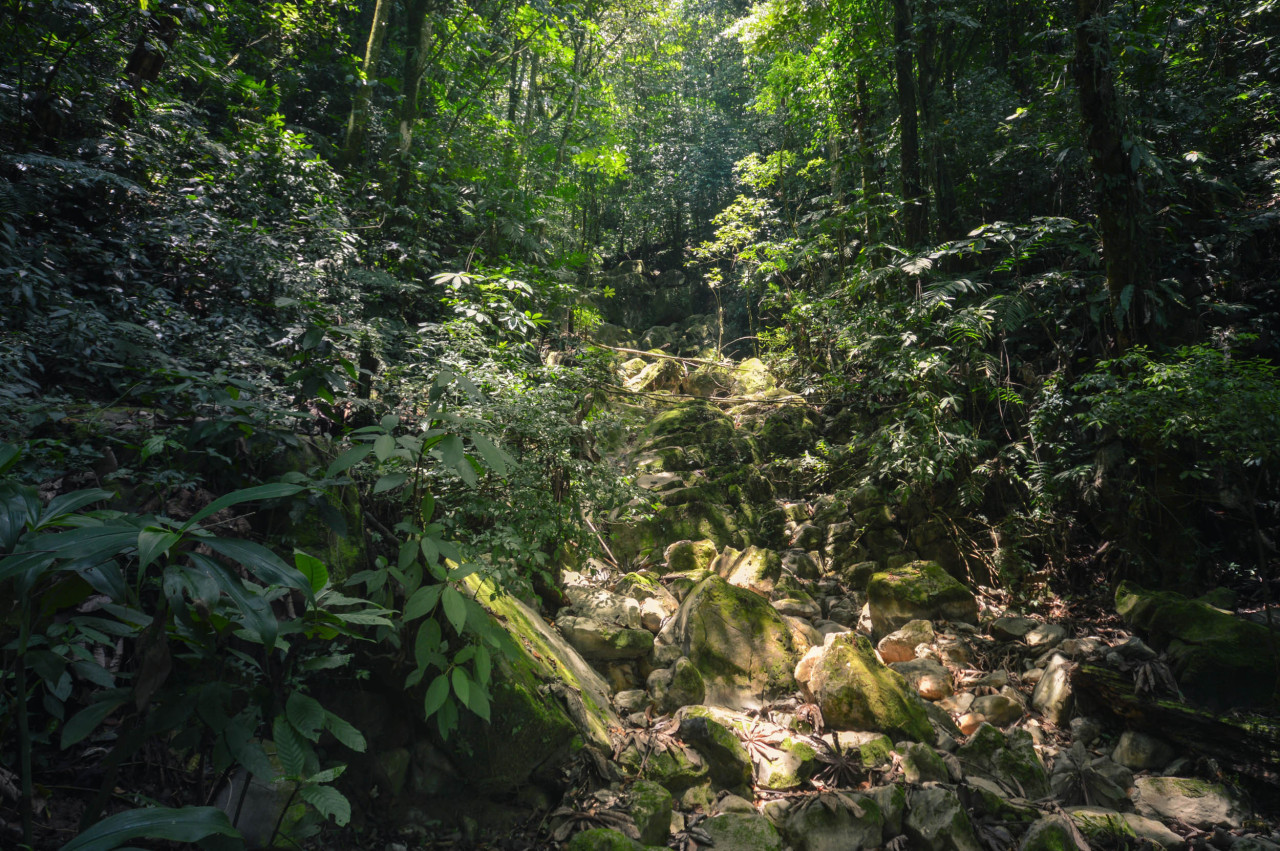
Steps: Parque Nacional Cerro Azul Meámbar
Lake Yojoa. Go on a day trip to Cerro Azul Meambar National Park. Quite difficult to access, it is located east of Yojoa Lake between San Pedro Sula and Tegucigalpa. Its tropical rainforest and cloud forest cover a protected area of 312 km², between 415 m and 2,080 m above sea level (superb vegetation on the heights, accessible only after a long hike of several days). It rains heavily (don't forget the right equipment, warm and spare clothes, good shoes, raincoat...).
Santa Barbara National Park

Steps: Parque Nacional De Santa Barbara
Lake Yojoa. Santa Barbara National Park is a paradise for ornithologists, but also for anyone who simply wants to explore one of the last tropical forests hanging on a mountain slope. Santa Barbara Mountain rises to a height of 2744 metres, making it the second highest peak in Honduras. It is possible to climb, count 7 hours of hiking. Access to the summit is from the village of Los Andes on the southeast side. The paths are generally not too steep, but expect to get your shoes dirty, the mud will be there, they are bosques nublados (very humid cloudy forests). Quetzals, trogons, toucans, hummingbirds (and many other rare bird species) are regularly seen in the park. Accompanied by a local guide, you can learn about the local fauna and flora, as well as its many medicinal and edible plants.
Places of interest : GUIDE LOCAL
